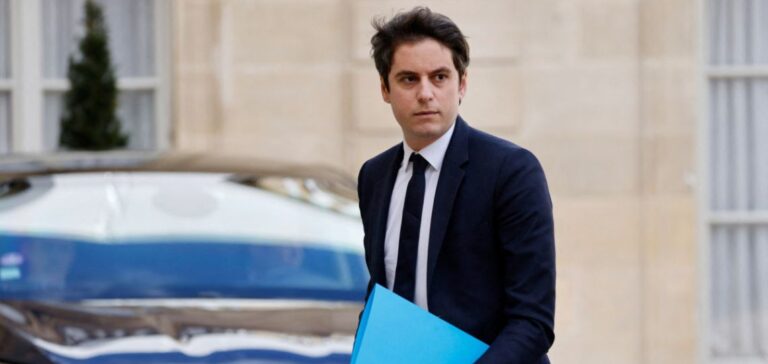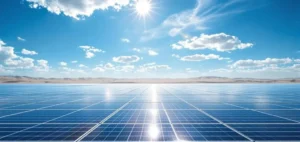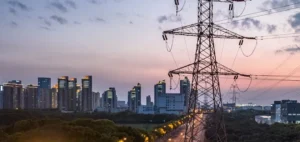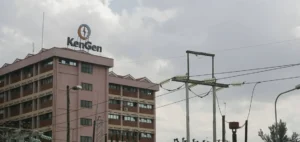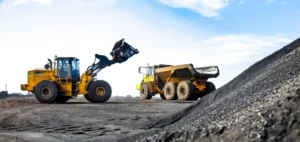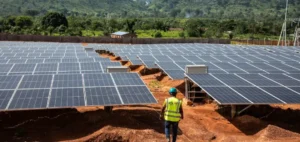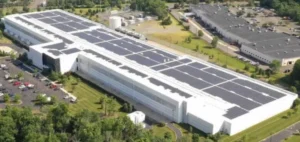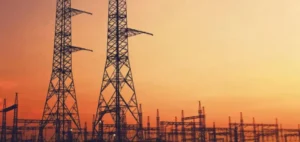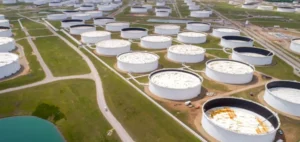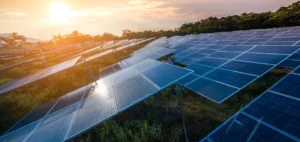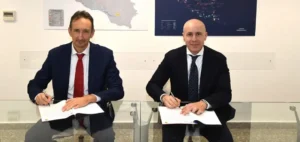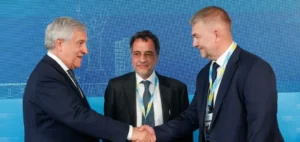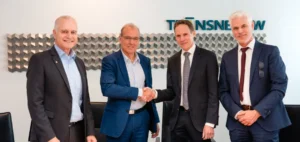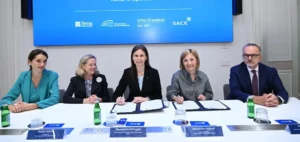French Minister for Public Accounts Gabriel Attal confirmed in an interview on RTL on Thursday that the government would “gradually” end the energy price shield introduced to combat inflation by the end of 2024, casting doubt on whether it would be extended to 2025.
Energy tariff reform: wealthy households could be excluded from the tariff shield.
“As soon as we have to make savings, we have to get out of the specific arrangements we put in place during the inflation crisis”, “which means we’ll have to gradually get out of the tariff shield on energy prices”, indicated the Minister. “It’s not going to happen all at once, all at once,” he said, but it does mean “that between now and the end of 2024, particularly on the electricity tariff shield, we’ll be phasing out”.
Economy Minister Bruno Le Maire announced in April that the tariff shield limiting electricity prices for private customers would be maintained until early 2025. On Tuesday, three economists from the Conseil d’Analyse Économique (CAE) recommended in a note that the electricity tariff shield for the wealthiest households should be rapidly abolished, in order to reduce its cost while encouraging energy sobriety, “given its burden on public finances”.
Xavier Ragot, one of the report’s authors, estimated that excluding the wealthiest 20% of households from the shield could “generate budget savings of 5 to 6 billion euros”. On the other hand, “the most modest would continue to benefit from support”, the CAE recommended, referring to the distribution of an energy voucher to the most modest households.
During his interview on RTL, Mr. Attal expressed his desire to “put an end to this policy of exceptional vouchers that have been put in place on such and such a subject for such and such a category of French people”.
According to estimates by the French Energy Regulatory Commission (CRE), electricity prices would have jumped by 35% in 2022 and 100% in 2023 had it not been for the protective tariff shield. At the end of 2022, the government estimated the cost of the energy shield for households, local authorities and businesses at 110 billion euros between 2021 and 2023.

